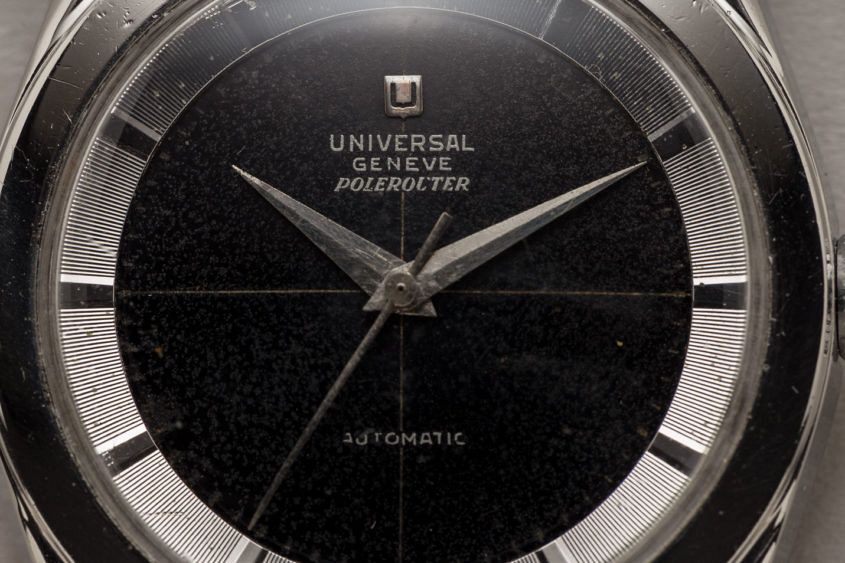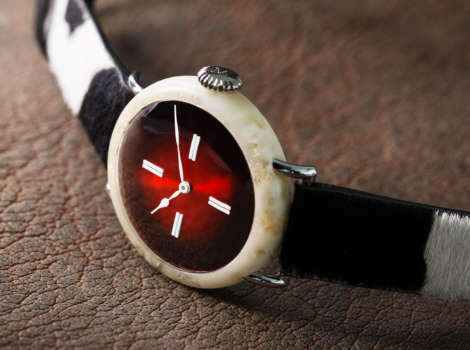 Some watches take the world by storm the moment they are released. Some, however, take a little while longer to be appreciated. The true significance of the Universal Genève Polerouter, first released in 1954, and its subsequent offshoots are still in the process of being properly recognised. Not only was it the first really significant design to exit the pen of Gérald Genta (who would go on to design the Audemars Piguet Royal Oak and the Patek Philippe Nautilus before overhauling Bulgari’s product offering and launching his own brand), it was a trailblazer upon its release. And still, to this day, the Polerouter is often cited as the inspiration for many modern watch designs. With so much going for it, it’s not hard to see why. The first thing that is likely to strike you about the Polerouter are those graceful bombé lugs that look like the slinkier, sexier cousin of the lugs you’d expect to find on an Omega Speedmaster (a watch that would not hit the shelves until the Universal Genève had been on the market for the best part of three years). What is less immediately apparent about those lugs, however, is the space between them. Although…
Some watches take the world by storm the moment they are released. Some, however, take a little while longer to be appreciated. The true significance of the Universal Genève Polerouter, first released in 1954, and its subsequent offshoots are still in the process of being properly recognised. Not only was it the first really significant design to exit the pen of Gérald Genta (who would go on to design the Audemars Piguet Royal Oak and the Patek Philippe Nautilus before overhauling Bulgari’s product offering and launching his own brand), it was a trailblazer upon its release. And still, to this day, the Polerouter is often cited as the inspiration for many modern watch designs. With so much going for it, it’s not hard to see why. The first thing that is likely to strike you about the Polerouter are those graceful bombé lugs that look like the slinkier, sexier cousin of the lugs you’d expect to find on an Omega Speedmaster (a watch that would not hit the shelves until the Universal Genève had been on the market for the best part of three years). What is less immediately apparent about those lugs, however, is the space between them. Although…
The post Why the Universal Genève Polerouter was the game-changing dial from the 1950s appeared first on Time and Tide Watches.
Continue reading ‘Why the Universal Genève Polerouter was the game-changing dial from the 1950s’
